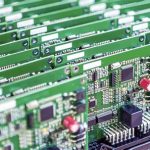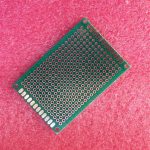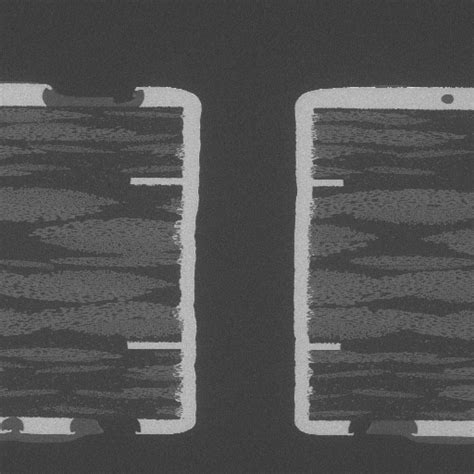
Blog
-
 Read more: Through-Hole – Why It is Still Relevant in PCB Designs?
Read more: Through-Hole – Why It is Still Relevant in PCB Designs?Introduction Through-hole technology has been a staple in printed circuit board (PCB) design and manufacturing for decades. Despite the rise of surface mount technology (SMT), through-hole components and assembly methods remain relevant and widely used in various applications. In this article, we will explore the reasons behind the continued relevance […]
-
Through-hole Technology in PCB Fabrication
Posted by
–
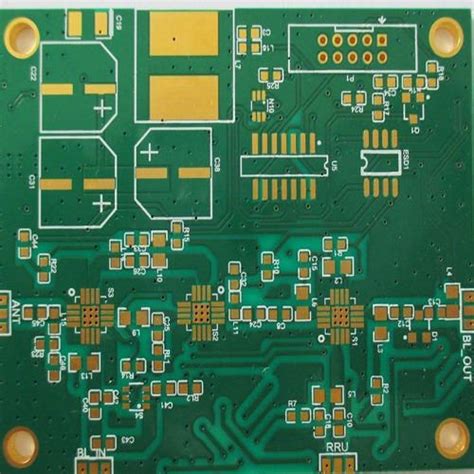 Read more: Through-hole Technology in PCB Fabrication
Read more: Through-hole Technology in PCB FabricationIntroduction to Through-hole PCB Technology Through-hole technology (THT) is a method of printed circuit board (PCB) fabrication where components are mounted by inserting their leads through drilled holes in the board and soldering them to pads on the opposite side. This technology has been a staple in the electronics industry […]
-
Types of Fuses: The Ultimate Guide for Fuses
Posted by
–
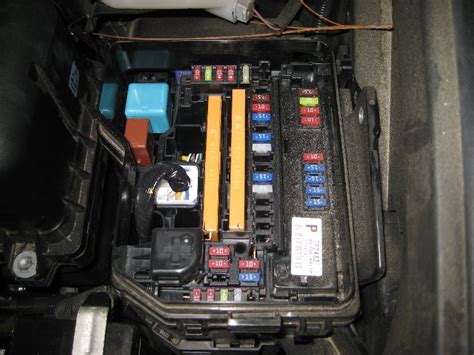 Read more: Types of Fuses: The Ultimate Guide for Fuses
Read more: Types of Fuses: The Ultimate Guide for FusesIntroduction to Fuses Fuses are essential components in electrical systems, designed to protect circuits and devices from damage caused by overcurrent or short-circuit conditions. They act as a safeguard by interrupting the flow of current when it exceeds a predetermined limit, preventing potential hazards such as fire or equipment failure. […]
-
Development History and Trends of PCB
Posted by
–
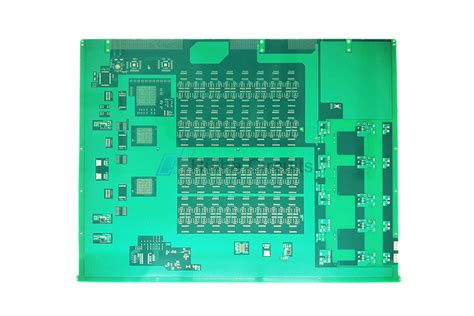 Read more: Development History and Trends of PCB
Read more: Development History and Trends of PCBIntroduction to PCBs Printed Circuit Boards (PCBs) are the backbone of modern electronics. These flat boards, made from insulating materials like fiberglass or composite epoxy, have conductive pathways etched or printed onto their surface to create circuits. Components like resistors, capacitors, and integrated circuits are soldered onto the PCB to […]
-
RAYMING Is A Through Hole PCB Assembly Expert
Posted by
–
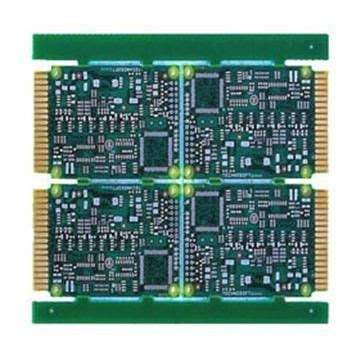 Read more: RAYMING Is A Through Hole PCB Assembly Expert
Read more: RAYMING Is A Through Hole PCB Assembly ExpertWhat is Through Hole PCB Assembly? Through-hole PCB assembly is a method of mounting electronic components onto a printed circuit board (PCB) by inserting the component leads through holes drilled in the board and soldering them to pads on the opposite side. This assembly technique is known for its durability, […]
-
How To Design A PCB Layout(Helpful)
Posted by
–
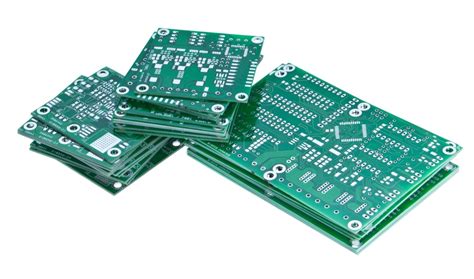 Read more: How To Design A PCB Layout(Helpful)
Read more: How To Design A PCB Layout(Helpful)Introduction to PCB Layout Design Printed Circuit Board (PCB) layout design is a crucial step in the development of electronic devices. It involves arranging electronic components and routing traces on a board to create a functional circuit. A well-designed PCB layout ensures reliable performance, reduces manufacturing costs, and minimizes the […]
-
Two Layer PCB Fabrication
Posted by
–
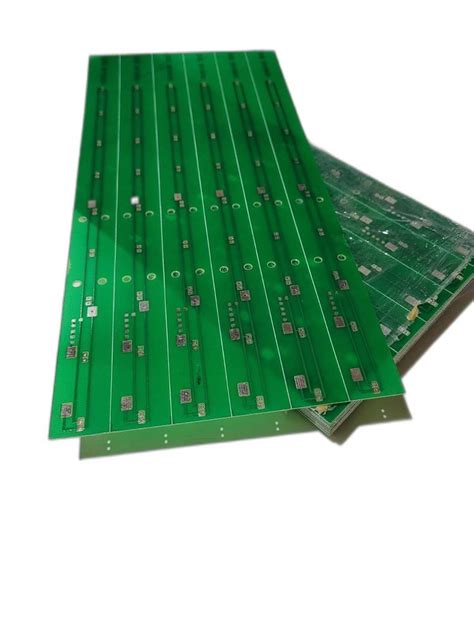 Read more: Two Layer PCB Fabrication
Read more: Two Layer PCB FabricationWhat is a Two Layer PCB? A two layer PCB, also known as a double-sided PCB, consists of a substrate material with conductive copper layers on both sides. The copper layers are etched with the desired circuit pattern, and the components are mounted on one or both sides of the […]
-
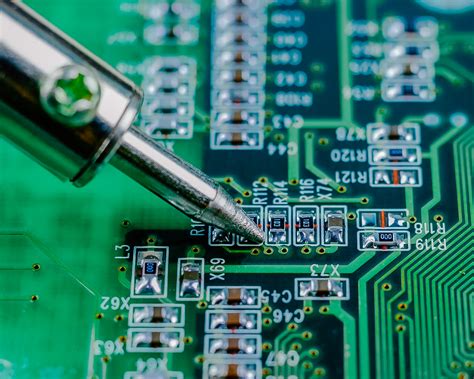 Read more: Printed Circuit Board Making – How To Make Better?
Read more: Printed Circuit Board Making – How To Make Better?Introduction to PCB Manufacturing Printed Circuit Boards (PCBs) are the backbone of modern electronics. They provide a platform for interconnecting electronic components and form the foundation of devices ranging from simple consumer gadgets to complex aerospace systems. PCB manufacturing is a multi-step process that involves design, fabrication, assembly, and testing. […]
-
PCBs Fundamentals For Beginners! Collect Now!
Posted by
–
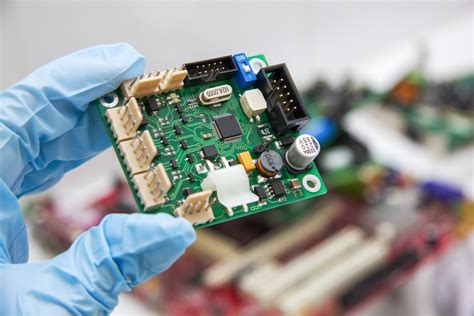 Read more: PCBs Fundamentals For Beginners! Collect Now!
Read more: PCBs Fundamentals For Beginners! Collect Now!What are PCBs? PCB stands for Printed Circuit Board. It is a thin board made of fiberglass or other composite material, with conductive pathways etched or printed onto the surface. These pathways, known as traces, connect electronic components such as resistors, capacitors, and integrated circuits (ICs) to form a complete […]
-
The Best Professional PCB Assembly Services
Posted by
–
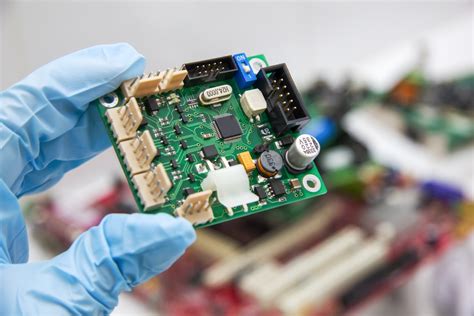 Read more: The Best Professional PCB Assembly Services
Read more: The Best Professional PCB Assembly ServicesIntroduction to PCB Assembly PCB (Printed Circuit Board) assembly is a crucial process in the manufacturing of electronic devices. It involves soldering various electronic components onto a printed circuit board to create a functional electronic system. PCB assembly services play a vital role in the electronics industry, as they help […]
